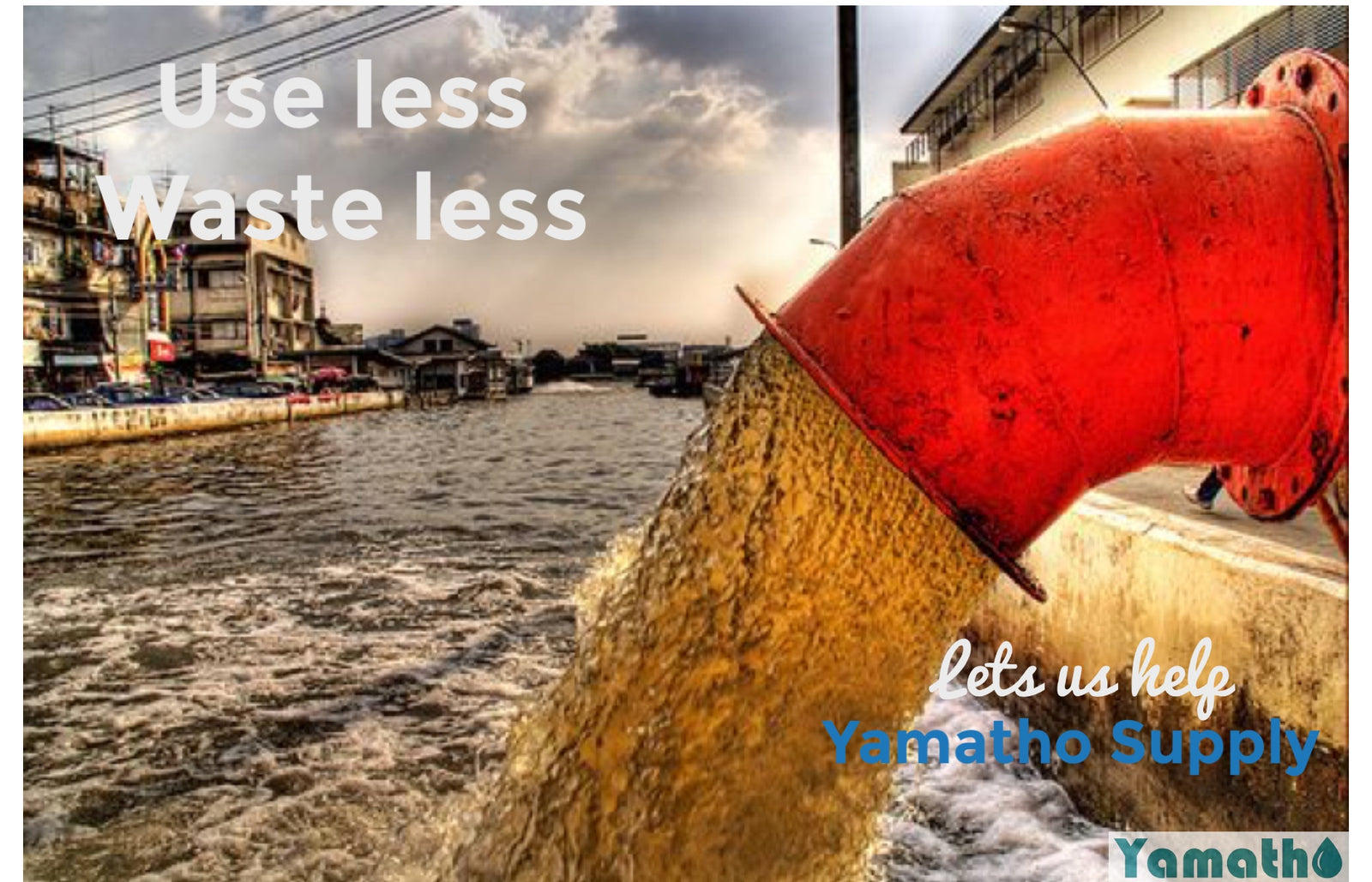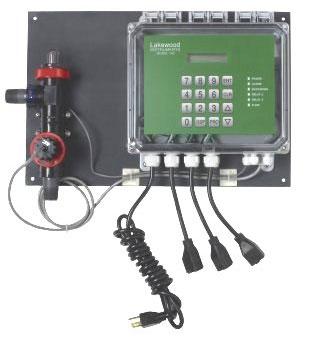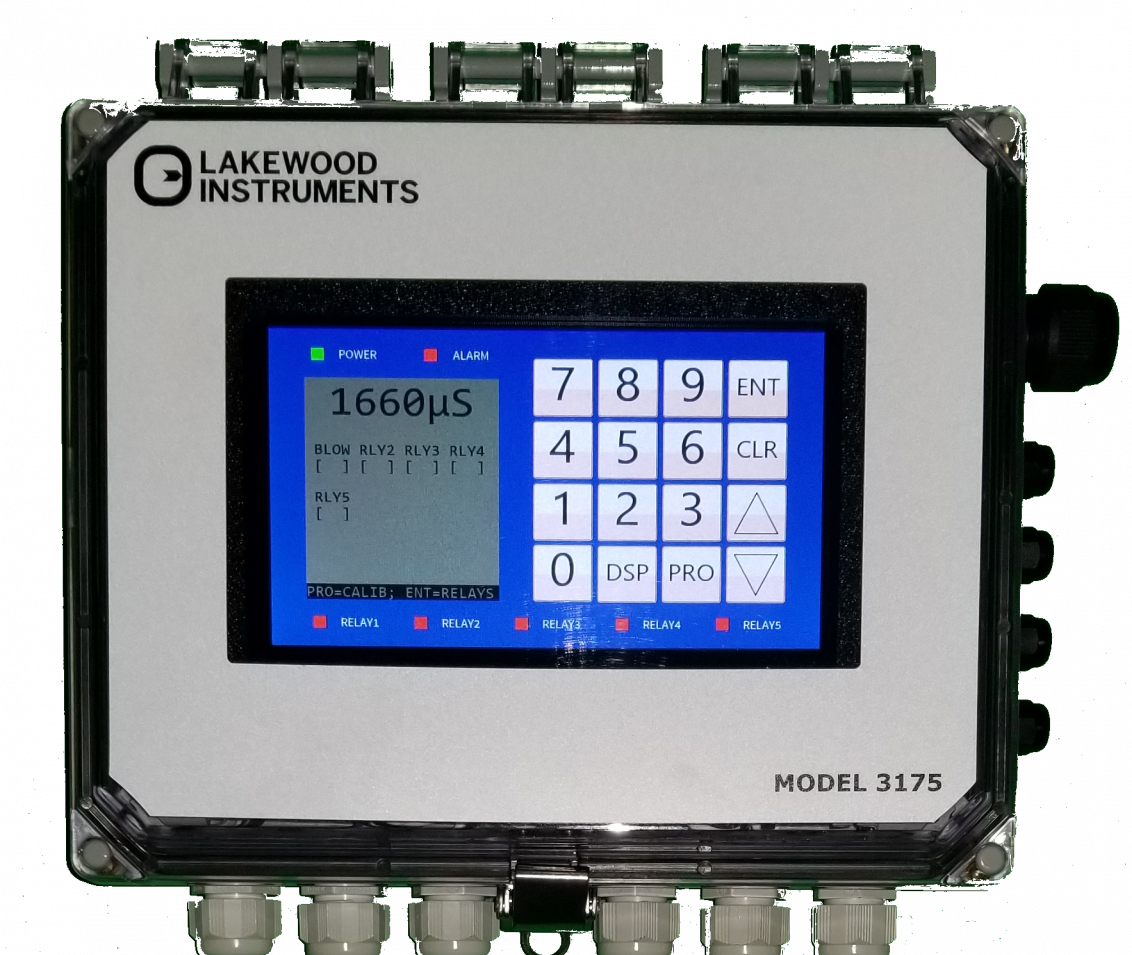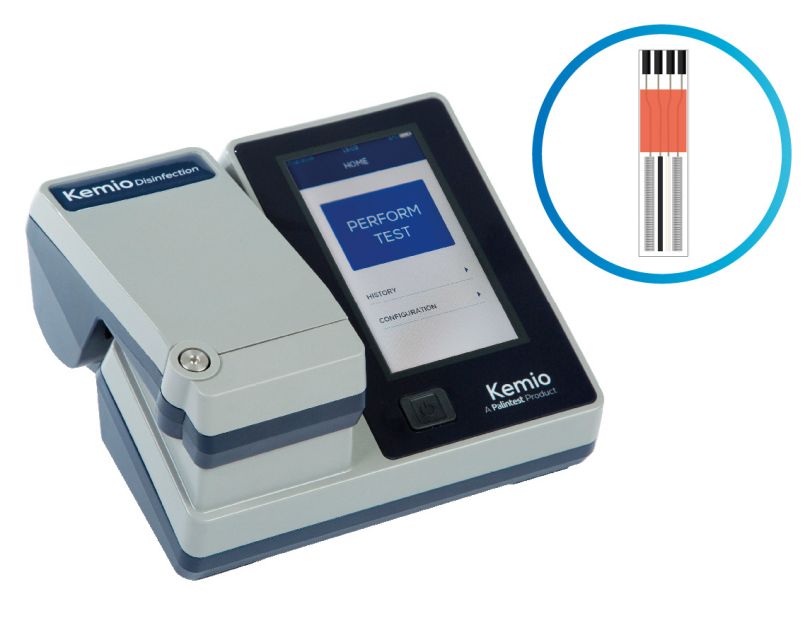TOO MANY HEAVY METALS
December 06, 2017 0 Comments

Heavy metal limitations for municipal wastewater treatment facilities have become widespread in Virginia as some plants’ limits approach detection. The limits are sensitive to the type of receiving stream and the water hardness. Approximately 44 facilities in Virginia now are subject to copper limits of less than 15 μg/L, and 33 are subject to zinc limits of less than 75 μg/L.
Copper and zinc are normal constituents of waste, originating in foodstuff, household products, shampoo and water supplies; additionally, some copper may leach out of the home piping. Copper and zinc are harmful to some forms of aquatic life at certain levels of water hardness. Hard water makes the metals less harmful.
Two similarly sized sequencing batch reactor (SBR) treatment plants about 80 miles apart in eastern Virginia were facing strict limits on copper and zinc. One plant serves the Virginia Department of Corrections Unit 13 Prison in Chesterfield County; the other serves the Westmoreland County town of Montross. Both SBR systems were close in age and were not meeting the state’s discharge limits for heavy metals.
The Unit 13 plant operates at 0.04 to 0.06 million gal per day (mgd) and discharges into a small tributary to a state park recreational lake. The heavy metals discharge limit is 11 μg/L for copper.
The Montross plant operates at 0.08 to 0.10 mgd and discharges into a swampy, low-flowing tributary to the Chesapeake Bay, via the Rappahannock River, which also is a sensitive water body. The heavy metals discharge limits are 7.3 μg/L for cop- per (which is barely above typical detection value of 5 μg/L) and 68 μg/L for zinc. The well water at Montross is very soft, so natural hardness does not lessen the impact on aquatic life.
Process Studies
Both the Virginia Department of Corrections and Westmoreland County contracted independently with Resource Intl. Ltd. to study and propose solutions. Unit 13 was the initial plant evaluated. The first approach at Unit 13 was to reduce heavy metals in traditional, “end-of-pipe” ways, such as pH control, chemical coagulation, ultrafiltration, zeolite adsorption and electrically enhanced coagulation. A bench top test program was set up using pH adjustment followed by coag- ulation of chemicals and ultrafiltration.
The program failed to meet the limits. The basic chemical problem was that pH control only will impact metals precipitation in ranges higher than the concentrations required by regulations.
Testing was conducted on carbon-zeolite adsorbents but it, too, failed to achieve the low levels required. Of these methods, the electrically enhanced coagulation method was the only one that would meet the limits. An electro-coagulation system was designed and bid, but all proposals were over-budget. Because treating the entire flow would be costly, it was determined that other potential process changes should be reviewed further.
Fate of Metals
It had been suggested that the heavy metals were being put back into solution due to over-digestion (aeration) of the activated sludge, followed by decanting the digester back to the SBR. Research by Resource Intl. showed that the heavy metals were likely to become concentrated in the skeletons and bodies of the biological entities in activated sludge, known commonly as “bugs.” Typical “bugs” present are bacteria; amoeba protozoa; flagellated protozoa; free-swimming ciliated protozoa; crawling ciliated protozoa; stalked ciliated protozoa; and metazoa (rotifers, nematodes, water bears, ostracods, etc.). As the mixture of biological forms consumed the waste materials in the sewage, they would uptake the metals. But after the waste materials are depleted, the bugs consume each other. The waste from these consumed bugs contains metals and therefore, returns to solution, eventually exiting the plant in the effluent.
There are only two routes the metals could take to leave the facility: via the effluent or the sludge. If the activated sludge biota contained the heavy metals in its bodies, then it would be better to remove them more quickly from the wastewater and not allow them to continue to consume each other, thereby returning the metals to the SBRs via decantation or filtration. If a facility has higher limits on the heavy metals, it would be reasonable to allow the bugs to cannibalize, reducing the amount of sludge to be disposed (a cost savings). Because many treatment plants do not have such extremely low heavy metals restrictions, it is gen- eral practice to digest the sludge in the digester as much as possible, and to decant the clear liquid back into the treatment system.
Tests confirmed that the sludge solids contained high concentration of heavy metals and the digester decantate being returned to the pro- cess was rather more concentrated in heavy metals than the effluent. Therefore the key to meeting copper and zinc limits was to remove more sludge from the system, more often.
Unit 13 Modifications
In the case of Unit 13, no sludge filtration was originally provided, and liquid sludge was hauled to a nearby large municipal collection system. In order to keep transport costs low, the sludge was digested vigorously and decanted several times prior to hauling. Tests were conducted by haul- ing the sludge away more frequently, minimizing decanting, and then the heavy metal came into compliance. The owner determined that it would save costs in the long term by filtering the sludge and hauling the sludge cake to a sister facility providing further treatment and land application. Resource Intl. designed the facilities for a vertical disk sludge fan press to be installed.
The design included an option for electrocoagulation of the fan filter filtrate, in case the effluent still did not meet the required limits. The fan filter, manufactured by Prime Solution Inc., was installed in a new building designed by Resource Intl., and a pumparound loop was installed on the sludge digester tanks to bring the sludge to the filter building. The filter portion of the project was bid on and installed. Upon startup, the plant began to meet the heavy metals limits, without the need to install electrocoagulation.
Montross Modifications
In the case of Montross, a belt press was at hand but only used about once every three months to filter out sludge. This meant that nearly all of the heavy metals were being released back into the effluent because very little was being removed with the sludge. The operators were instructed to press sludge on a more fre- quent basis, approximately weekly.
Because the plant needed to coagulate phos- phates and filter the resultant particles, it originally was fitted with a pair of effluent sand filters. The complicated continuous-cleaning final discharge sand filters were not operable. The piping originally installed allowed a sand filter upset to dump all the sand back into the SBR. These filters were replaced by a rotating disk final filter called Aqua-disk that was installed to catch any biota or biological remnants, plus any coagulated phosphates from passing to the effluent outfall. These changes in process strategy and equipment worked together to regularly meet some of the most restrictive copper and zinc limits in the state.
The Montross plant was further upgraded with the installation of an auger-type screener for the headworks. The screener was manufactured by Or-Tec Inc., of Maple Heights, Ohio. Resource Intl. Ltd. designed these modifications. The previous headworks screeners were inoperable. The removal of debris by the new screener reduced the large materials going into the SBR. While not impacting heavy metals directly, this improvement helped to allow the overall plant to operate more consistently.
Clean Sampling
Additionally, “clean sampling” techniques were instituted to ensure that the effluent results were correct. The Montross plant contracted with the Hampton Roads Sanitary District (HRSD) to provide “clean sampling.” At the low values being sought, even the slightest con- tamination may push the result over the limit. The protocols—which use special equipment, reagents, techniques and precautions developed by HRSD—were taught to the operators to insure that contamination does not skew the results.
Results
In conclusion, both treatment facilities came into compliance with very low heavy metals limits, based on the improved removal of the biological life forms and remnants containing most of the heavy metals.
Read more at: https://www.wwdmag.com/contaminants/too-many-heavy-metals
Also in Blog

Advanced Cooling Tower Management: Enhancing Efficiency with Lakewood Model 140
February 28, 2024 0 Comments

Optimizing Cooling Tower Performance: Understanding Efficiency, Maintenance, and Water Quality Management
February 28, 2024 0 Comments

Revolutionizing Water Analysis: Everything You Need to Know About the Kemio KEM10DIS
April 19, 2023 0 Comments

